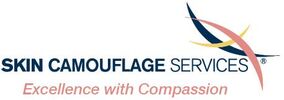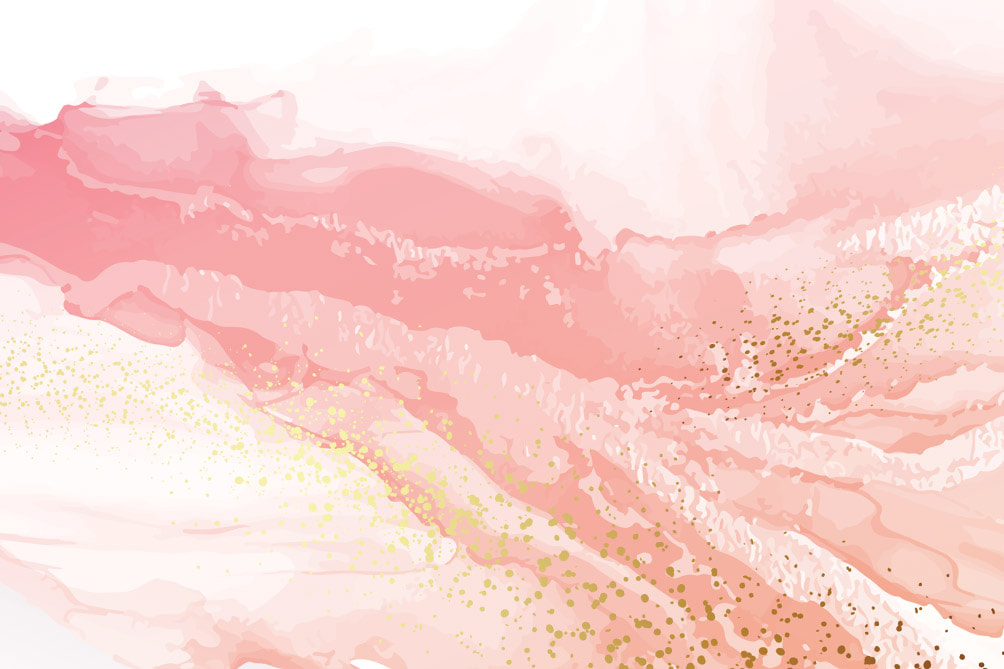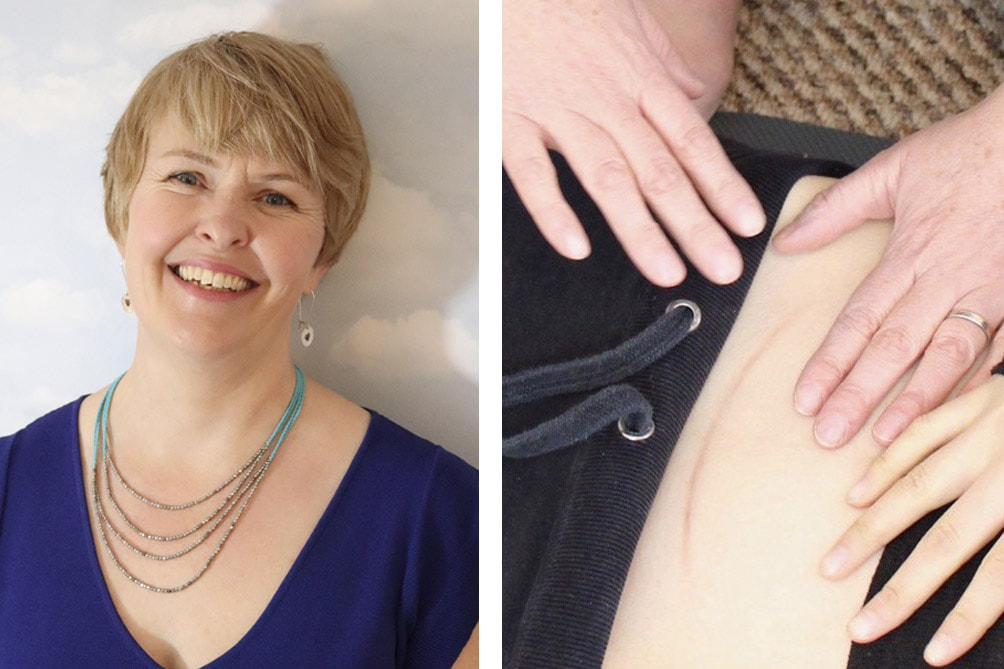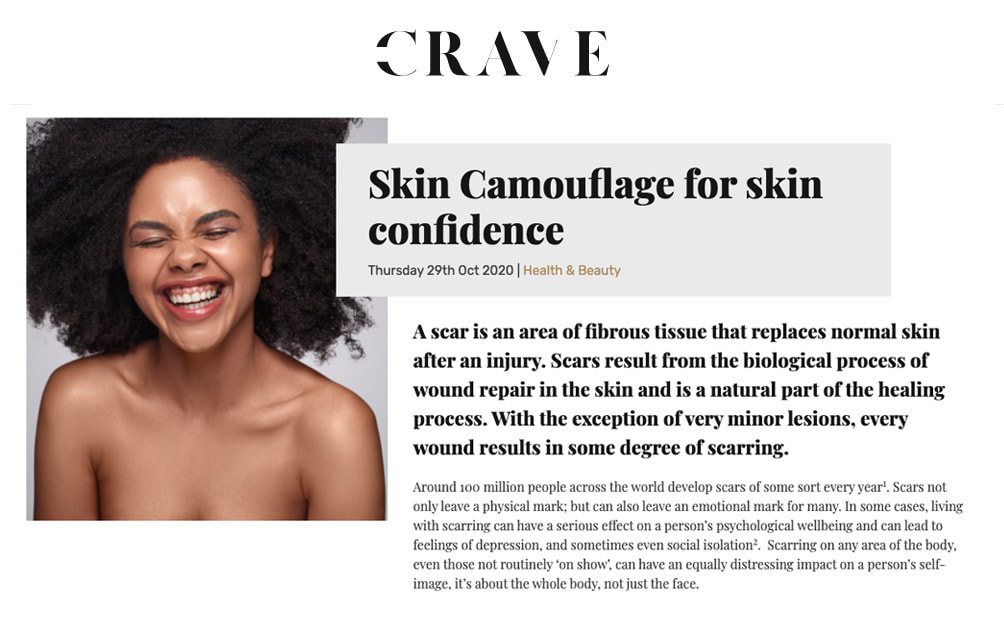|
We at Skin Camouflage Services are delighted to announce that we now offer some innovative options for camouflaging larger areas of visible skin difference. We have been receiving enquiries about a product fairly new to the UK called Microskin™ and you may be curious to know whether this could be the cover solution for your skin difference, whether that be altered pigmentation or scarring. Developed in Australia, Microskin™ is a durable, ‘second skin’ technology which stays on the skin for several days while allowing your skin to breath and move as normal. It can be applied using a sponge or air brush technique which is particularly good where a larger area needs to be camouflaged. It does not rub off and is waterproof. If not actively removed using a serum, it will simply shed over a few days just like skin cells until you reapply it. We are proud to share with you that Vanessa Jane Davies is currently the only expert medical skin camouflage practitioner in the UK certified to provide Microskin™ consultations. However, being an independent practice means we are not bound to any one product and so have the freedom to ensure that we can select the right product for your needs. None of the products in our repertoire is a ‘one size fits all’ solution for every skin camouflage requirement. "I was apprehensive at first about how the new camouflage technique would work over my large area of scaring. Vanessa was so lovely and supportive from the moment we met. She explained the various camouflage options in detail and answered any questions I had. She made sure I was happy with the products and the results I was getting. Very happy with my appointment, I chose the airbrush technique. Thank you!" (Helena). We now have Microskin™ and a number of other effective camouflage pigments particularly suited to covering larger areas, one other new product can also be applied using an airbrush and does not require ‘fixing’, another option is an easily applied body cover cream which is applied much like you would a moisturiser or with a body brush. Each product type has different merits for different applications, whether it’s the range of colour options available to achieve an accurate colour match or getting the coverage needed whilst still achieving a natural look. Getting the right colour match, the right coverage and the right application technique for you is key to the success of your skin camouflage. Realistically, this can only be achieved by consulting an experienced, independent expert. When you come for your appointment, Vanessa will take into account your individual skin camouflage requirements; your colour match and your lifestyle to find the right solution for you. We want you to be happy with your skin camouflage and confident about your appearance so you can forget your skin differences and get on with your life. This is why we are offering a consultation especially for larger area skin camouflage needs. We will have the range of products described above available on the day to ensure we can select the best colour match, coverage and lifestyle choice for you. We cannot guarantee that any one particular product will be the correct choice for you, this will be assessed on the day. When we have agreed the best choice together, we are happy to arrange delivery of the products and any equipment you may need directly to you or, you can order them directly yourself. If you would like to book an appointment, please contact us here: UK Resident Appointment or International Patient Appointment. "Very friendly and professional consultation. My partner was informed of numerous products to best suit her needs in which she could sample until she found the perfect match. I was included in all the choices for my partner as Vanessa understood the importance of a second opinion and working together". (Ross).
3 Comments
Guest blog by Emma Holly at Restore Therapy Clinic.
I was delighted when Vanessa Jane Davies invited me to offer Scar Therapy at Skin Camouflage Services flagship clinic at 10 Harley Street, London. It has been a challenging time to set up a new service, but we are pleased to be open for business with new clients booking in for the specialised treatments developed to promote healing and reduce discomfort. I am a leading specialist in Scar Therapy, developing new scar massage techniques and teaching alongside my clinical practice. My specialism - Scar Therapy - is the treatment of scar tissue after an injury or surgery. Many people are unfamiliar with Scar Therapy, although routinely people are instructed to massage their scar by their consultant. Within post-operative recovery, Scar Therapy is still emerging as a way to promote better patient outcomes. Scar tissue that forms following a surgery or a traumatic accident is different from the pre-injury tissue in its cellular structure and function. Scar tissue, fibrosis and adhesions are terms to describe the internal complications that can occur. The surface scar is the skin scarring, but underneath the fascia, muscles and ligaments can be impacted. Externally there are not always visual abnormalities on the superficial scar line to indicate a dysfunctional scar, but they may be symptomatic. Symptoms of dysfunctional scars may include pain, sensitivity, oedema (swelling), reduction in flexibility, palpable bulky fibrous tissue and scar adhesions. Scar Tissue may be so tight, uncomfortable and restrictive the patient may not be able to complete rehabilitation exercises, their gait or movement patterns may be altered – leading to other longer-term problems. They may be dissatisfied with puckering, tightness or pain in the scar. As a therapist, creating positive improvements and reducing these symptoms is hugely rewarding. Not everyone has a problem with their scar. The likelihood of problematic scar formation increases when a patient:
If the scar remains numb, painful or has altered sensation there may be a dislike of touch for the patient or a feeling of disconnection from that part of the body. It is our belief that a gentle approach is paramount to create the best outcomes and a positive therapeutic touch that promotes healing emotionally as well as physically. When I have a new client booked in the first treatment includes a short discussion to understand my client’s priorities. The remainder of the appointment is spent delivering physical therapy. The 10 Harley Street basic appointment lasts around 50 minutes or for clients wanting a longer treatment to allow for more hands-on work a premium appointment is up to 1 hour 10 minutes. Single appointments are very useful to kick start come tissue changes, but often clients choose to come for a series of treatments over a number of months. The Scar Therapy techniques that I use in the appointment feel like a gentle massage around the area impacted by the trauma. Treatment starts very gently and progresses deeper as the area softens and releases. By stimulating improvement in the health of the skin and improvement to underlying scar adhesions and fibrosis, we expect to create an observable change in symptoms presenting. The scar appearance may also improve, but this is not guaranteed. BIO Emma Holly has been a therapist for 27 years, she began specialising in Scar Treatment since 2015. Emma has trained therapists at the UK’s leading cancer support centres including Macmillan and Marie Curie, cancer centres based at Royal Marsden, Guy’s and St Thomas’ and Christie Hospitals and also worked with Invictus Games via Help for Heroes since 2017, British Athletics elite sports, as well as trained therapists working in NHS, HCA and Spire Hospitals. website www.restoretherapyclinic.co.uk email [email protected] Vanessa Jane Davies shares her five top tips for combining scar management and skin camouflaging techniques at home. Scarring allows the body to rapidly repair following an injury. Given that scar tissue achieves a maximum of 80% of the strength of unwounded skin and scar tissue does not have the texture of healthy skin… It is especially important to practice good wound management to allow the scars to become flattened, less red, and more closely matched to the surrounding tissue. This is when the application of skin camouflage can be optimised. Crave magazine has featured Vanessa’s top tips of how to manage scar management and skin camouflage at the same time. Read Skin Camouflage for skin confidence. Vanessa explains that for areas of scarring that are exposed to the sun, e.g. face and hands, that Kelo-Cote UV Gel which contains an SPF30 sunscreen is particularly useful and for hard-to-reach areas, joints, hairy areas, skin creases and larger wounds such as those caused by burns and trauma silicone sprays are very worthwhile. The recommendation to keep your scars out of the sun, which can cause pigmentation issues, including melanoma cannot be stressed enough For the last 5 years Vanessa has been in the fortunate position to work with silicone gels alongside skin camouflage and has developed a technique to further reduce scar height with the camouflage pigments and silicone to create a flattened appearance. This development of this application is unique to Skin Camouflage Services and has taken the traditional base layer of silicone application with skin camouflage to the next aesthetic level. |
BlogAt Skin Camouflage Services we are privileged to be able to share our news with you. Search
ConnectCategories
All
Archives
February 2023
|




 RSS Feed
RSS Feed

